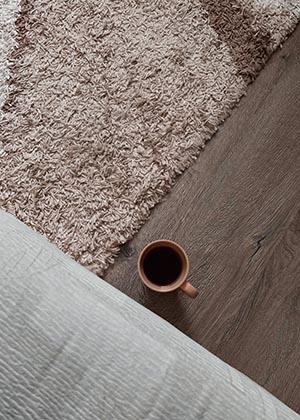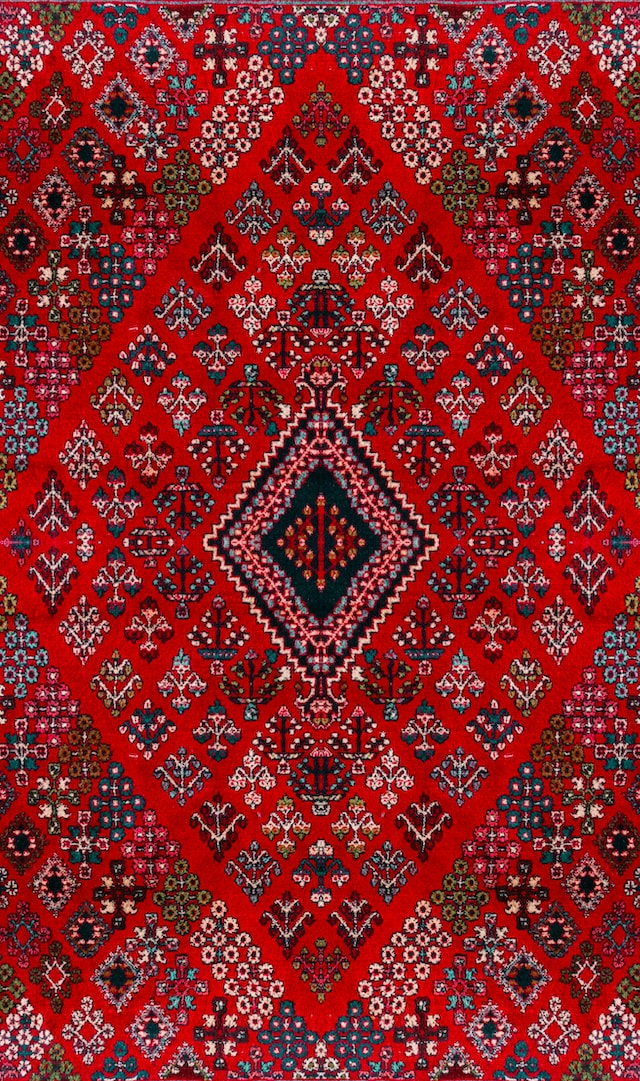
Differences between coverlets and bedspreads
coverlets & bedspreads
Coverlets and bedspreads may seem similar at first glance, but there are actually some significant differences between them. (For) starters, coverlets are usually smaller in size and do not hang all the way to the floor like bedspreads do. This means that coverlets are more suitable for layering on top of other bedding, while bedspreads are meant to be the main covering for your bed.
Another key difference is in their thickness and warmth. Coverlets are thinner and lighter than bedspreads, making them ideal for use during warmer months or as an extra layer on top of a comforter. On the other hand, bedspreads tend to be thicker and provide more warmth, making them perfect for colder seasons.
Additionally, coverlets often have intricate patterns or designs that can add a decorative touch to your bedroom. Bedspreads, on the other hand, typically have a more simple and classic look that can easily complement any style of decor.
In conclusion, while coverlets and bedspreads may serve a similar purpose of providing added comfort and style to your bedroom, it is important to consider their differences in size, thickness, warmth, and design when choosing which one is right for you.


